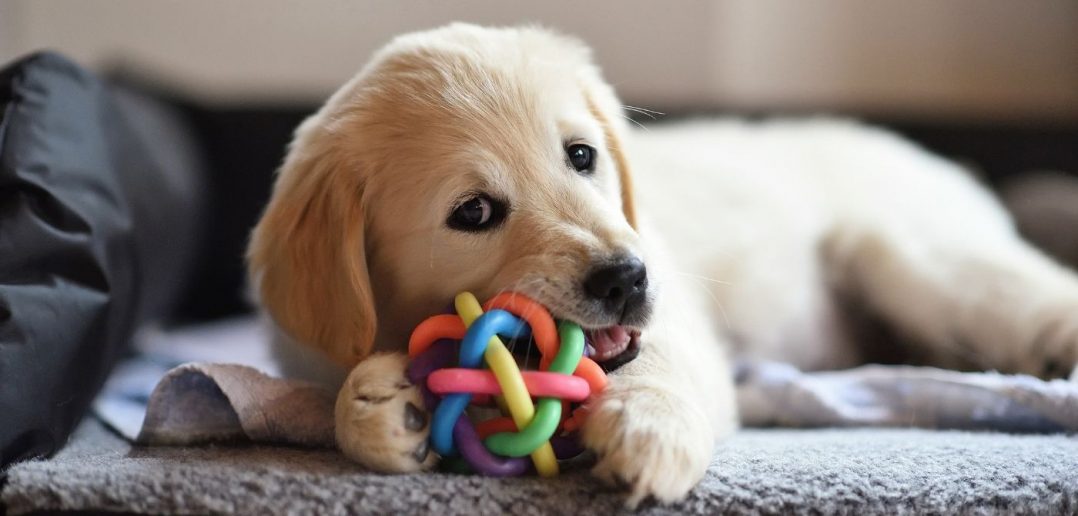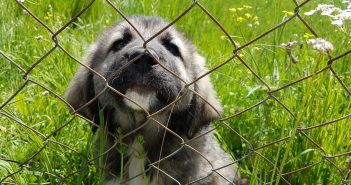Puppies grow very quickly. In fact, to many of us, it feels like they reach their adult years in the blink of an eye. However, your pet experiences several different stages of life by the time they’re a year old, and understanding these milestones is the key to meeting their respective needs. These are the different stages of puppy growth and development and what you need to know to ensure you’re making the most of these precious weeks.
Neonatal Stage
The first two weeks following a puppy’s birth are some of the most important for setting them up for success. They’re entirely dependent on their mothers during this stage and don’t have the ability to walk, clean themselves, or even open their eyes. Their senses of touch and taste are present, though, allowing some way to navigate the world around them.
Transitional Stage
From two to four weeks old, puppies start to become aware of their environment and the things in it. They start to play more with their littermates and interact more directly with their mothers. It’s important to note that their senses all reach full development during this time, and they begin walking, barking, and wagging their tails. Because of this, the process of weaning off of their mother’s milk typically happens during this period as well.
Socialization Stage
Once puppies have fully developed senses and maneuverability, they can start socializing with other dogs and people. This stage, which lasts until they’re 16 weeks in age, is vital to establishing trust with humans and reducing the potential fear around these interactions. Most of your training should take place as well during this time. According to Acadia K9 Academy, bonding while training your pup is one of the best ways to reduce behavior problems in dogs. There are also several basic commands that every owner should engrain into their pup’s lifestyle.
Hierarchy Stage
Next is the hierarchy stage that takes place between the ages of 4 and 6 months old. During this time, puppies push the boundaries to determine where they fit into the family. They may become a bit more rebellious and get into their fair share of trouble. However, as long as you follow through with training, they’ll slowly start to understand what’s expected of them.
Adolescent Stage
Throughout the rest of their first year, your puppy will continue to be the rambunctious bundle of fluff that you love. Make sure that you keep up with training and socialization to further acclimate them into your home and expose them to new things to reduce the risk of their acting out in fear.
As you can see, there are several different stages of puppy growth and development to be aware of, and each plays a critical part in creating a well-rounded dog. Not only do these few weeks allow your pup to grow physically, but they also give you a chance to hone their mental processes and minimize behavior issues. So, use this knowledge as a tool to help you raise the perfect family pet for you.




